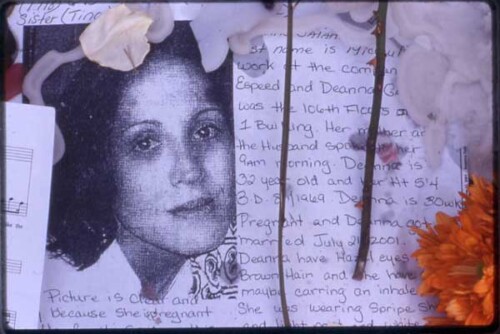In “Stranger in the Village,” James Baldwin certainly paid the “price of the ticket” for his racialized, gendered and sexualized journey into a white “European” space. In True North, the ticket seems to be bought and paid for before we even get there. Again, this change matters because now, as Julien’s film reminds us, we have a new place within which to explore black identities, an actual new landscape (the polar north), but most importantly, a new place in the mind. As much as True North is about actual polar exploration, it seems to me that it offers the possibility for a new mental landscape, one that encourages us to expand our thinking about the diaspora, as not simply a journey away from “home,” riddled by the experience of loss, dominated by the hope for return. The Arctic may be a new route to and for diasporic thinking, but I see True North as a reminder about other roots for the field ideologically and methodologically. We have, over the last few years, been trained to see race and racialization intersectionally, with attention to the way in which race, gender, sexuality, class, nation are interstitial categories of identity formation and expression.1 True North asks us to add another “intersection” to that list, one that I’m going to call “temperature.” Taking the “temperature” of diaspora adds another dimension to it, not of geography, but of an investigation of phase, of multiple home “states.” “Temperature” in True North is an expression of space and time, represented by the repeated images of transformations between water, snow and ice that are associated with black presence and agency in the film. “Temperature” points our attention to the motion between different states of being; the possibility that identity, blackness, diaspora is routed/rooted not just in motion, but in transformation, endless change of phase. I like to think that near the beginning of the film, when we see the black female figure stumble, perhaps fall into a crevasse or a kind of polar “black hole,” we should think not of loss, but rather transportation into another “black” place or state, another home-like diasporic phase or location. We travel toward True North to get to this place, only to realize, once there, that we have already arrived.
- For an originary moment of this critical paradigm, see Kimberle Crenshaw, “Mapping the Margins: Intersectionality, Identity Politics, and Violence Against Women of Color” Stanford Law Review 43 (1991): 1241-99. [↩]




